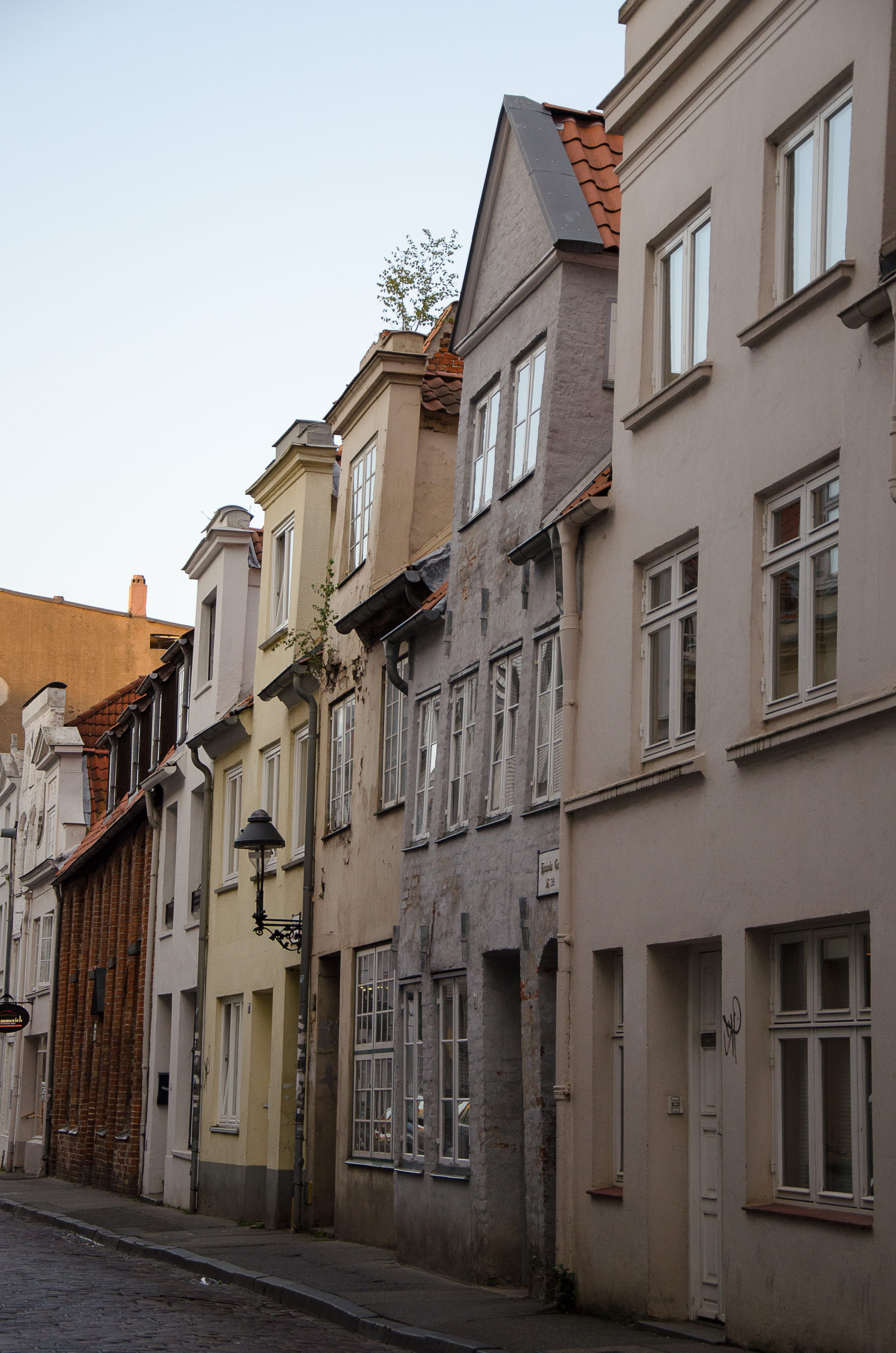June 2, 2022
 From attracting talented professionals to lowering living costs and allowing for mixed-use development, missing middle housing addresses many issues and alleviates some pressing challenges facing cities and towns today.
From attracting talented professionals to lowering living costs and allowing for mixed-use development, missing middle housing addresses many issues and alleviates some pressing challenges facing cities and towns today.
Overall, missing middle housing encompasses a broad range of dwelling types. In general, these are buildings with multiple units located in easily walkable neighborhoods. For many cities, these can be workable solutions to existing residential neighborhoods. Moreover, they are affordable to low- and middle-income residents, addressing the housing crisis.
Keep reading to learn more about missing middle housing and how it benefits cities and their residents.
What Is Missing Middle Housing?
Broadly speaking, the missing middle is composed of diverse housing types that fall into the category between single family dwellings and larger apartment buildings with many units. Missing middle units are similar in scale to single-family homes, addressing space limitations. They include duplexes, multiplexes, cottage courts, and townhomes. These types of dwellings allow for urban areas that are less dense, more walkable, and offer more open spaces.
Why Is Missing Middle Housing Needed?
Currently, there is a growing gap between upcoming demographics and available housing options. If missing middle housing were built, it would offer an affordable alternative. Those who work in the city could purchase property, build equity-based wealth, and still live affordably.
In addition to greater affordability, missing middle housing also addresses housing demand. Since many aspiring homeowners are priced out of the market, they must keep renting for years. Likewise, the available options for low-priced housing tend to be farther away from urban centers with little access to public transportation. This mismatch between the demand and city-based options is substantial.
Moreover, smaller multi-unit dwellings support walkability and keep spending in the local economy. By creating housing options in urban spaces, consumers can utilize public transportation more effectively. Thus, residents would save on transportation expenses and build equity in their new homes.
Who Benefits the Most From Missing Middle Housing?
Those looking for moderate or lower-priced housing would benefit from missing middle housing.
These types of multi-unit housing use existing space more efficiently, reducing cost per square foot.
Additionally, many creative professionals are not interested in traditional living. As a result, they are willing to live with simplified or downsized amenities. For example, many are looking for a car-free lifestyle, which is impossible in the suburbs.
Empty-nesters looking to downsize after their children have left home can benefit from smaller space and reduced expenses. At the moment, these populations often do not have effective options available in cities and larger towns.
Missing middle housing options can help to ensure that low and moderate income residents of a city can find affordable housing and remain there where they are close to transportation, jobs and other benefits of urban living.
What is Norwalk Doing to Address Missing Middle Housing?
Norwalk is currently evaluating its accessory dwelling unit regulations to potentially allow more flexibility in how these units are developed. In addition, as part of the comprehensive rewrite of the zoning regulations, the City is considering freeing up certain portions of the smaller-lot, single-family zones, to allow for 2-family dwellings.




